Enter Travel Planner – Agência de Viagens LTDA. CNPJ: 611834880001-24
When is the best time to visit the Natural Pools? How to read the tide table?
To know these information is almost an obligation if you want to be able to enjoy Porto de Galinhas for 100 %. In this article we will try to explain in a simple way how the tides work and we will give you the “updated tide table of Porto de Galinhas”. This article is not an exact science, we are just trying to find the simple explanation.
The tides are periodic changes of the sea level that arise as a result of the attraction of the Sun and the Moon (more especially of the moon) over the water of the oceans.
Thanks to the relationship between the tides and the principle of gravity it is possible to define these forces quantitatively.
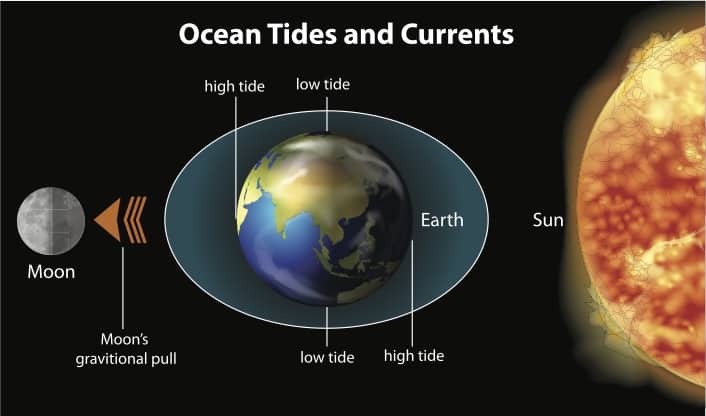
There are two classifications to define the types of tides. According to the height and according to the Phase of the Moon.
When the sea water reaches its maximum height in the tidal cycle.
When the sea water reaches its lowest level in the tidal cycle.
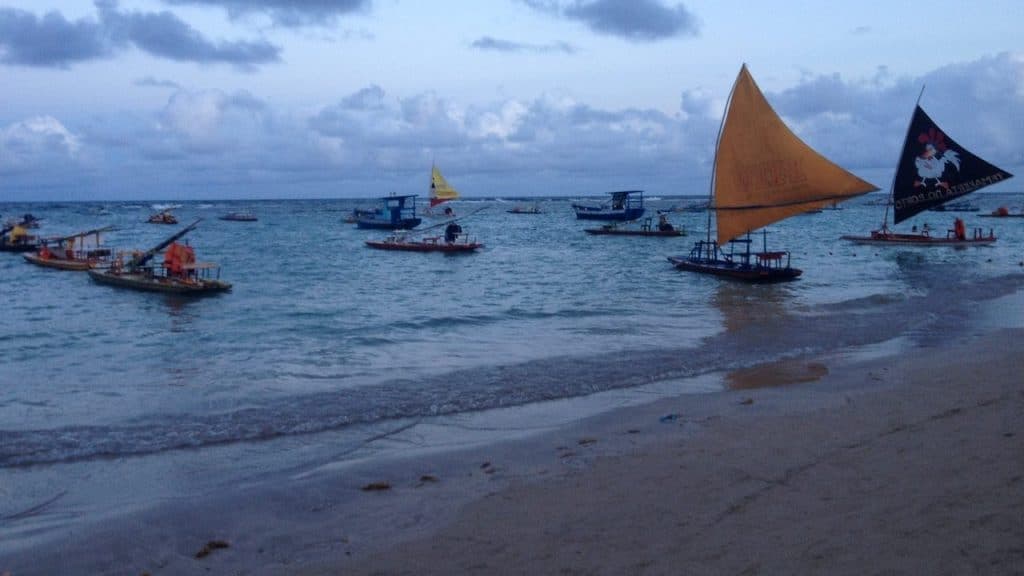
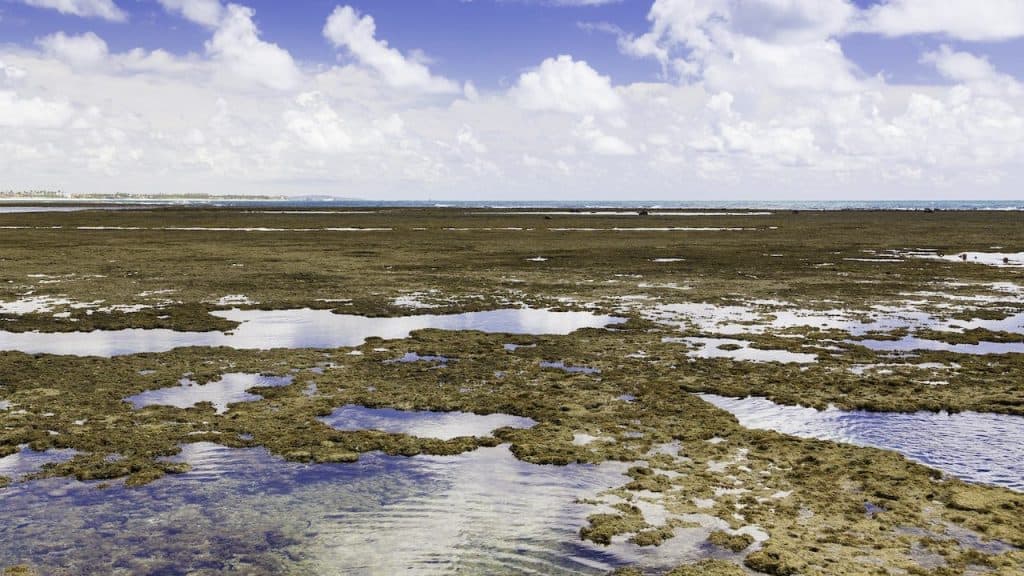
Depending on the phases of the moon, we can differentiate two types of tides:
They are those that occur during full moon and new moon, at which time the sun and moon are aligned (this causes greater attraction and therefore, larger tides).
The live tide of the new moon is called “Live Tide of Conjuncion” and the live tide of the full moon is called “Vivid Tide of Opposition”.
– During these periods we can see in the tide table a greater difference between high tide and low tide (this difference is known as the tidal coefficient)
– There has been an increase in the activity of the fish during the live tides (especially if these are during the sunrise or sunset) which generates better conditions for fishing.
Are the tides that occur during the phases of the Fourth Quarter and the Fourth Waning (moment when the effects of the moon and the sun decrease) Therefore, smaller tides are obtained, known as dead tides.
The movement in the marine bottoms is usually smaller and normally days are less favorable for the fishing than the days with live tides. The height of the waves is lower.
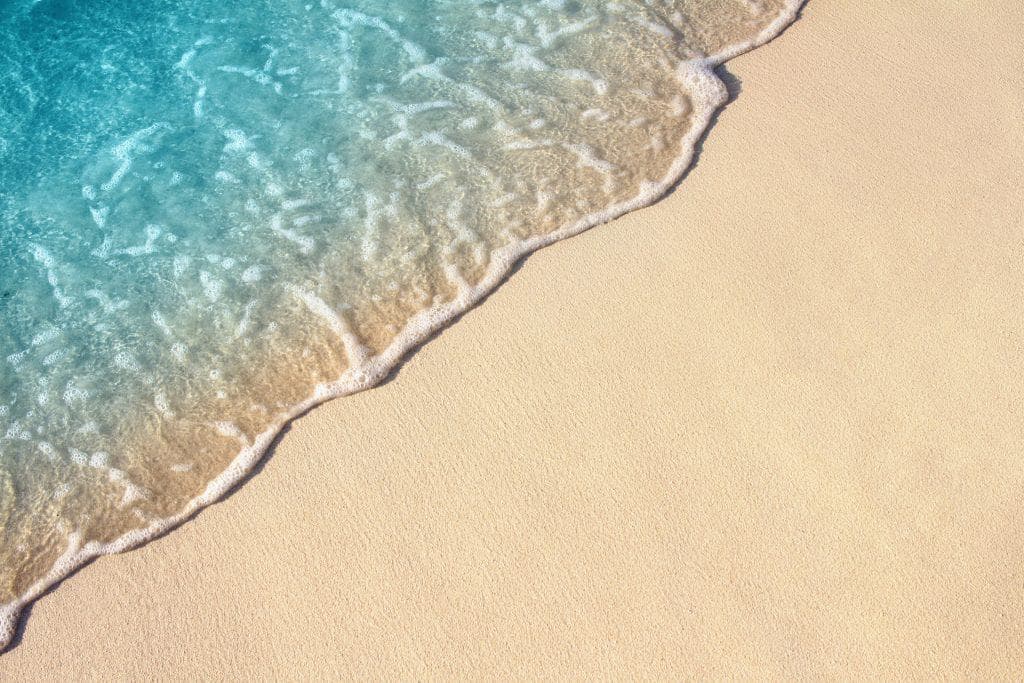
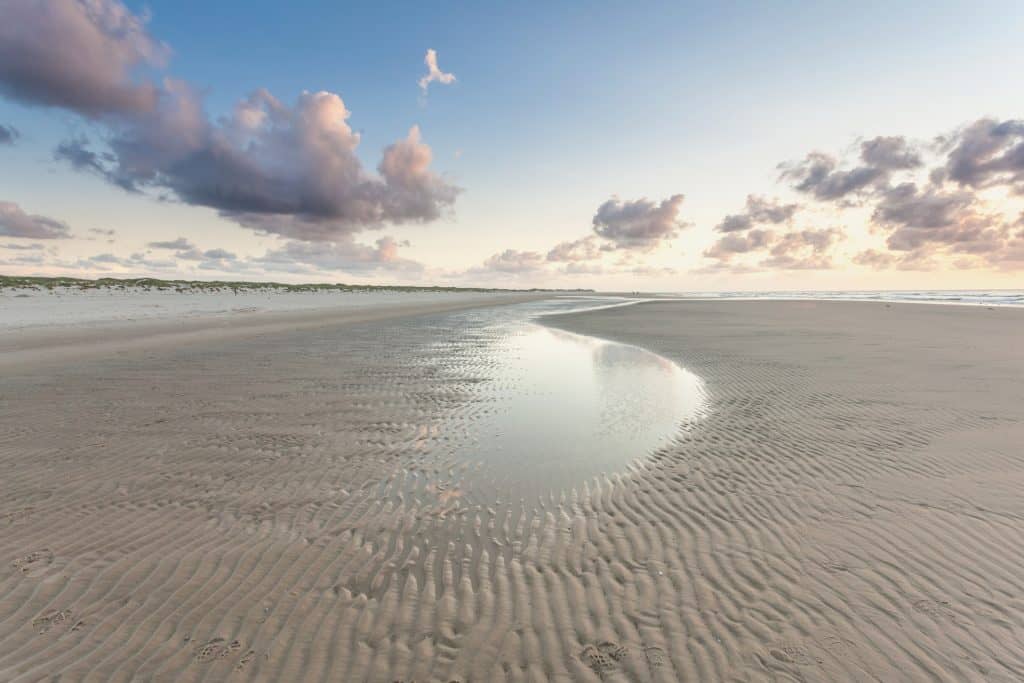
There are two high tides and two low tides per lunar day since at the same time that the Moon raises water on the Earth on the side that faces it, it also does it on the opposite side.
That is, on two opposite sides of the planet the water rises (high tide) above its surface. In the same way when these decrease on both sides is when the two low tides occur.
A simple way to understand it is to be clear that the lunar calendar is different from ours.
Our calendar: 24 hours (terrestrial orbit – time in which the earth rotates on its own axis).
Lunar Calendar: 24 hours, 50 minutes and 28 seconds is what the moon takes to turn on its own axis (lunar orbit or lunar day – time when the moon rotates on its own axis).
Now lets use the mathematics:
24 hours, 50 minutes and 28 seconds (lunar orbit).
– (minus)
24 hours (terrestrial orbit)
24:50:28 – 24 = 50:28 (50 minutes and 28 seconds)
So we can verify that every day the schedule of the tides is running approximately 50 minutes.
Coincidence? No! Now you know the reason.
The example: if the high tide today is at 5 a.m., tomorrow it will be approximately at 5:50 a.m.
Step by step we explain
JANUARY 1ST
00:24 am 1.9 m
06:43 am 0.5 m
13:00 pm 1.9 m
19:11 pm 0.6 m
EXPLANATION
00:24 am: height of the tide 1.9 m HIGH TIDE
06:43 am: height of the tide 0.5 m LOW TIDE
13:00 pm: height of the tide 1.9 m HIGH TIDE
19:11 pm: height of the tide 0.6 m LOW TIDE
We will also define what “flow” and “reflux” mean for better explaination of the table .
It is the time that passes during the process of slow and continuous ascent of the marine waters. In other words, it is the time elapsed since the tide begins to rise until it reaches its maximum height.
It is the time that passes during the process of slow and progressive descent of the marine waters. In other words, it is the time elapsed since the tide begins to fall until it reaches its lowest point.
Now that we have a little clearer what the tide means and how it works, you are ready to understand the table of ocean!
We will show you an example and explain what each thing means.
What is the use of knowing it?
It is important to know this information in order to calculate how long before going to the pools, for example.
Or simply if you want to experience the whole process from low to high tide. Or vice versa.
MAY 1ST
04:36 am 2.2 m
10:45 am 0.3 m
16:53 pm 2.2 m
23:00 pm 0.3 m
TIDE REFLUX:
If at 04:36 is the maximum point of high tide, it means that from that time the tide begins to GO LOWER. In time elapsed between 04:36 (2.2) and 10:45 (0.3) is what we call “tidal reflux”.
On the other side:
TIDAL FLOW:
If at 10:45 it is the maximum point of low tide, it means that from that time the tide begins to RISE. In time elapsed between 10:45 (0.3) and 16:53 (2.2) is what we call “tidal flow”.
If you have already understood here is
In the following link you can check the tide table updated month by month.
The table published here is obtained from the information provided by the Brazilian Navy.
Click here to check the Porto de Galinhas Tide Table
Only followers can post comments. Click ‘Follow’ to share your feedback.
Uncategorized
Brazilian Congress on Slope Stability (COBRAE) in Porto de Galinhas is a traditional event of Brazilian geotechnics, held by the ABMS Nordeste Regional Center
#Old
Uncategorized
The Urinary Diffusions Summit is an evolution of the National Meeting of Urodynamics. This event will take place in Porto de Galinhas, Pernambuco, Brazil.
#Old
Sem categoria
O VII Congresso Brasileiro de Estabilidade de Encostas COBRAE será em Porto de Galinhas (novembro 2022), em Pernambuco. Informações, acomodações e o que fazer.
#
Sem categoria
Se você pretende participar do Summit Disfunções Miccionais que acontecerá em Porto de Galinhas, Pernambuco, deve ler este artigo. Alugem e o que fazer.
#
Sin categoria
El VII Congreso Brasileño de Estabilidad de Taludes (COBRAE) será en Noviembre de 2022 en Porto de Galinhas, Pernambuco. Información, alojamiento y qué hacer.
#
Sin categoria
Si piensas asistir a la Cumbre de Disfunciones Urinarias que tendrá lugar en Porto de Galinhas, Pernambuco, deberías leer este informe. Alojamiento y qué hacer.
#
No results available
Would you like to include your business in Enter.Travel and reach more direct customers?
You’ve come to the right place. Active community: join other local businesses and create collaborations.



Maipú 306. Buenos Aires City
Praca 10 Lot L – Porto de Galinhas
Malířská 14. Prague.
© 2025 All rights reserved. Created by Martín Miguel